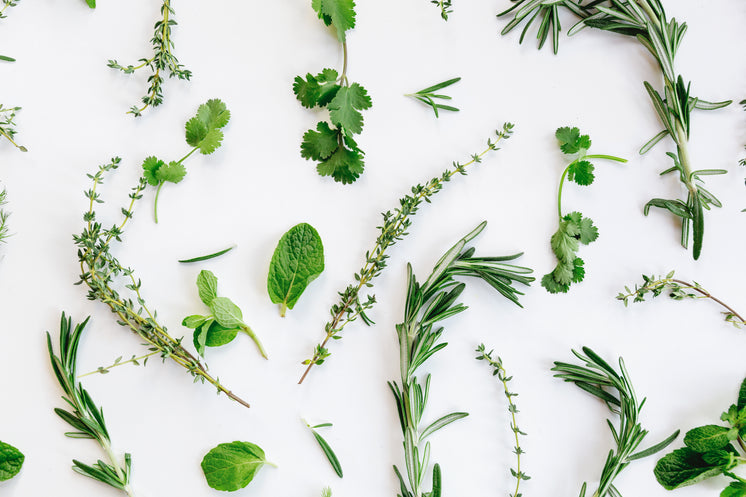The Summer Truffle: A Detailed Exploration
페이지 정보
작성자 Sylvia 작성일25-05-18 00:03 조회1회 댓글0건본문
The summer truffle, scientifically known as Tuber aestivum, is a highly prized culinary delicacy and a lesser-known cousin of the more famous Dried Black Winter Truffle and white truffles. Despite its lower profile, the summer truffle boasts a unique flavor profile, distinct growing conditions, and a fascinating history. This report delves into the characteristics, habitat, cultivation, culinary uses, and economic significance of the summer truffle, providing a comprehensive overview of this remarkable fungus.
Characteristics of the Summer Truffle
The summer truffle is a species of edible fungus belonging to the Tuberaceae family. It is characterized by its irregular, knobby shape and a rough, black or dark brown exterior. The interior, or gleba, is typically light brown or beige with white marbling, which distinguishes it from other truffle species. The summer truffle is smaller than its winter counterparts, usually ranging from 2 to 8 centimeters in diameter.

One of the defining features of the summer truffle is its aroma. While it lacks the intense pungency of the Black And White Truffle winter truffle (Tuber melanosporum) or the white truffle (Tuber magnatum), it offers a subtle, earthy fragrance with hints of hazelnut and mushroom. This milder aroma makes it a versatile ingredient in various dishes.
Habitat and Distribution
The summer truffle thrives in calcareous soils, often found in deciduous forests, particularly under oak, hazel, and beech trees. It forms a symbiotic relationship with the roots of these trees, known as mycorrhiza, which is essential for its growth. This relationship allows the truffle to absorb nutrients from the tree while aiding the tree in water and mineral uptake.
Geographically, the summer truffle is native to Europe, with significant populations in France, Italy, Spain, and the United Kingdom. It has also been introduced to other regions, including parts of North America and Australia, where it is cultivated under controlled conditions. The truffle prefers temperate climates with warm summers and mild winters, making it well-suited to Mediterranean environments.
Cultivation and Harvesting
Cultivating summer truffles is a complex and time-consuming process that requires patience and expertise. The process begins with the inoculation of tree seedlings with truffle spores. These seedlings are then planted in carefully prepared soils with the right pH and mineral composition. It can take anywhere from 5 to 10 years for the truffles to mature and produce a harvestable yield.
Harvesting summer truffles is traditionally done with the help of trained dogs or pigs, which can detect the truffle's scent underground. Pigs have a natural affinity for truffles due to their similarity to a pheromone found in pig saliva, but dogs are now more commonly used because they are easier to train and less likely to damage the truffles. The harvesting season for summer truffles typically runs from May to August, depending on the region and weather conditions.
Culinary Uses
The summer truffle is a versatile ingredient in the kitchen, prized for its ability to enhance a wide range of dishes. Its milder flavor makes it more accessible to those who might find the stronger taste of winter truffles overwhelming. The truffle can be used fresh, shaved over pasta, risotto, or salads, or incorporated into sauces, oils, and butters to infuse dishes with its distinctive aroma.
One popular preparation is truffle-infused oil, which captures the essence of the truffle and can be drizzled over dishes for added flavor. Another classic dish is scrambled eggs with shaved summer truffle, where the gentle heat of the eggs brings out the truffle's subtle notes. Unlike winter truffles, summer truffles are often cooked, as their flavor can withstand moderate heat without dissipating.
Economic Significance
While the summer truffle is not as expensive as its winter counterparts, it still holds significant economic value. The global truffle market is estimated to be worth hundreds of millions of dollars annually, with summer truffles contributing a notable share. France and Italy are the largest producers and exporters, supplying truffles to gourmet markets and restaurants worldwide.
The cultivation of summer truffles has also become an important agricultural activity in some regions, providing livelihoods for farmers and truffle hunters. In recent years, there has been growing interest in truffle cultivation as a sustainable and profitable alternative to traditional farming, particularly in areas with suitable soil and climate conditions.
Challenges and Conservation
Despite its economic and culinary value, the summer truffle faces several challenges. Climate change poses a significant threat, as rising temperatures and altered precipitation patterns can disrupt the delicate balance required for truffle growth. Deforestation and habitat loss also endanger wild truffle populations.
Efforts are underway to conserve and sustainably manage truffle habitats. This includes reforestation projects, the promotion of sustainable harvesting practices, and research into more resilient truffle strains. Additionally, truffle cultivation is being encouraged as a way to reduce pressure on wild populations while meeting market demand.
Conclusion
The summer truffle may not enjoy the same fame as its winter relatives, but it is a culinary gem in its own right. Its unique flavor, adaptability in the kitchen, and economic importance make it a valuable resource. As interest in gourmet foods continues to grow, the summer truffle is likely to gain more recognition. However, ensuring its sustainability will require concerted efforts to address environmental challenges and promote responsible cultivation practices. Whether enjoyed in a simple dish or as part of an elaborate meal, the summer truffle offers a taste of nature's ingenuity and the rich traditions of truffle hunting.

댓글목록
등록된 댓글이 없습니다.







